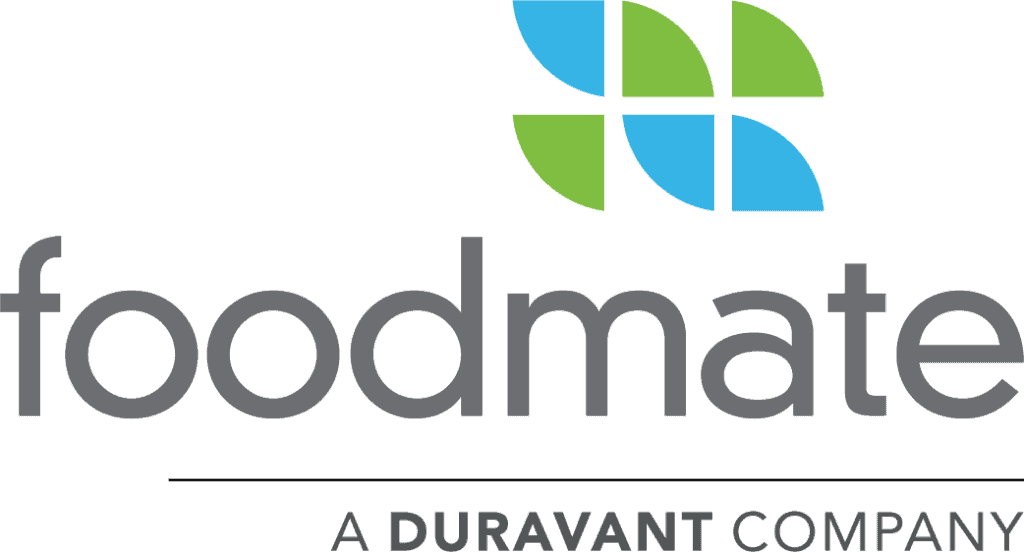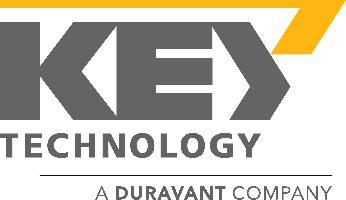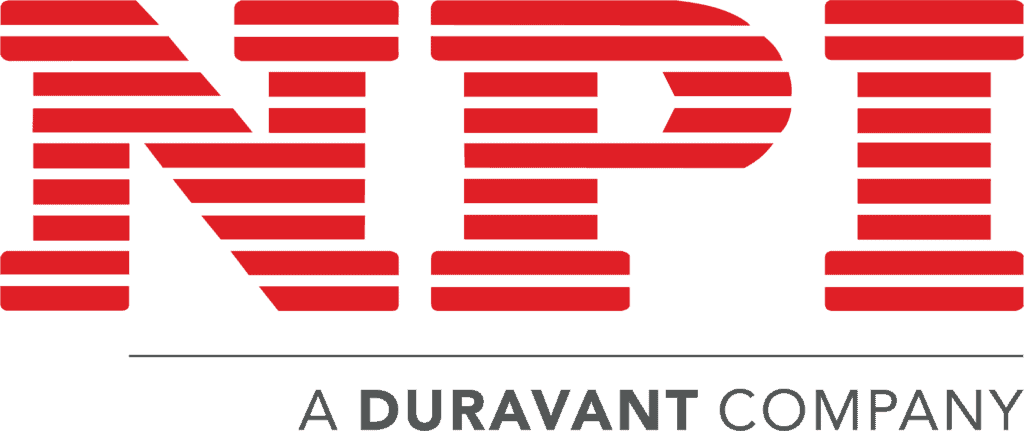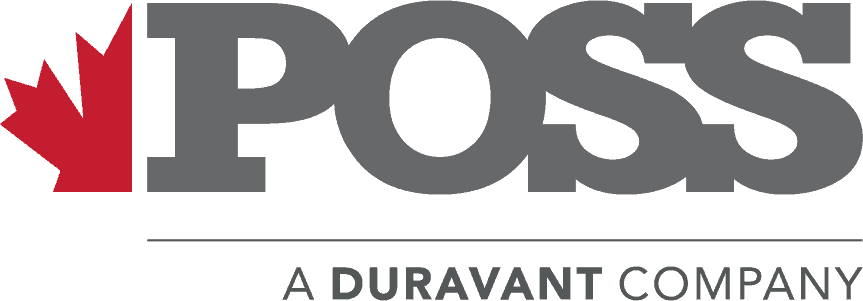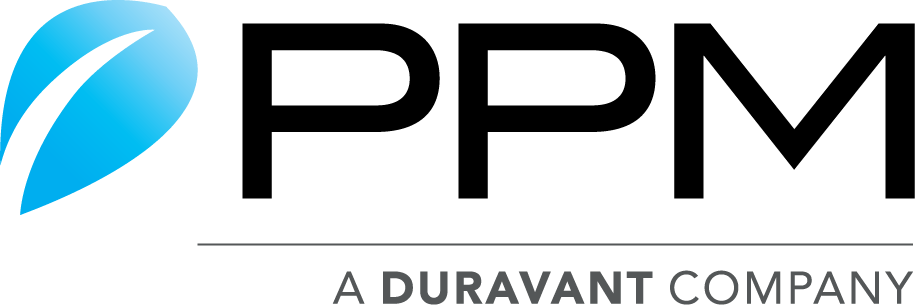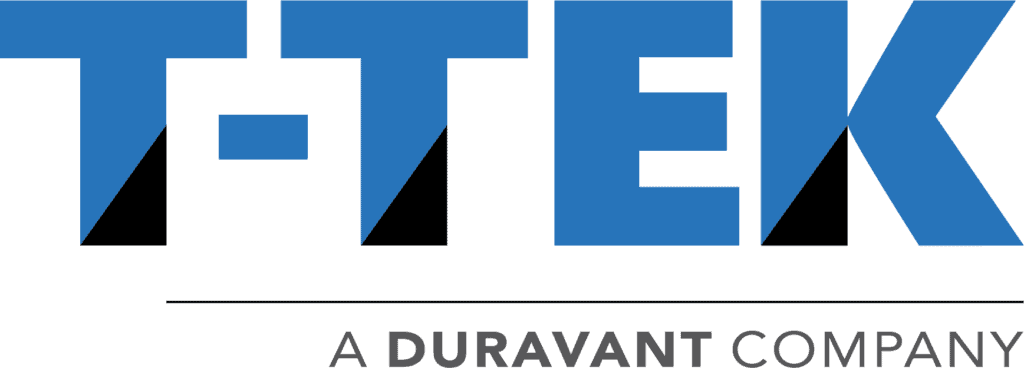The Duravant family of operating companies serve the food processing, packaging and material handling segments.
Packaging Guide: Understanding Primary, Secondary, and End-of-Line Packaging
10/06/2023
Packaging materials are essential for protecting, transporting, and displaying goods. Three levels of packaging serve various purposes: primary, secondary, and end-of-line. Understanding which type of packaging and equipment fits your operation is crucial. Manufacturers must use quality equipment to ensure their products are efficiently packaged, stored, and transported.
So, what are primary, secondary, and end-of-line packaging, and what solutions does nVenia offer manufacturers?
What is Primary Packaging?
Primary packaging refers to the immediate layer of packaging that directly contains the product. It is the first line of defense for the product, protecting it from physical, chemical, and environmental damage. Primary packaging ensures the integrity, safety, and preservation of a product.
Consumers may encounter primary packaging in bottles, tubes, blister packs, cans, and jars. These packages are typically in direct contact with the product and must adhere to industry regulations. Primary packaging is also crucial in product branding, as manufacturers often use it to feature eye-catching graphics, colors, or logos to grab consumers’ attention.
Packaging manufacturers must consider several factors when designing primary packaging: product compatibility, preservation, convenience, and aesthetic appeal. The packaging should be easy to open, resealable if necessary, and protect the product throughout its intended shelf life.
What is Secondary Packaging?
While primary packaging safeguards individual products, secondary packaging ensures the safe transportation of multiple units. The packaging also contains branding elements, product information, and barcodes to aid in inventory management.
Common examples of secondary packaging include corrugated cardboard boxes, shrink wrap, cartons, and trays. Since the packaging holds multiple units, it enables efficient handling, stacking, and storage of products. It also facilitates easy identification, organization, and distribution of goods.
Secondary packaging provides manufacturers with a reliable way to transport goods in bulk from the warehouse to the store. Without it, they would face significant losses due to damaged products and poor inventory management. Shoppers would buy fewer products because they would have to transport more loose items like individual drink bottles. Secondary packaging is essential to maintain the supply chain and increase efficiency.
End-of-Line Packaging
End-of-line packaging is the outermost layer that protects multiple units of secondary packaged products during shipping and distribution. Its purpose is to ensure easy loading and unloading of containers from transportation.
Pallets are the most common form of end-of-line packaging. They are designed to withstand the rigors of transportation and aid in unitization, making it easier to handle and transport larger quantities of goods. Products in secondary packaging are loaded onto pallets and secured with shrink wrap before being transported to a warehouse or storage facility.
Manufacturers also use shipping crates, boxes, or pallets with elastic bands. The container for the products is determined based on the best way to safely and efficiently transport the goods. The packaging should be cost-effective, eco-friendly, and capable of protecting the integrity of the products contained within.
nVenia’s Packaging Solutions
Our quality packaging solutions make us a leader in integrated primary, secondary, and end-of-line packaging solutions. We provide primary packaging equipment from our OHLSON and HAMER Brands line of equipment, including our weighing and filling equipment, form, fill and seal machinery, and bagging automation for companies processing dry ingredients, lawn and garden materials, aggregates, and more. Manufacturers can pick from various secondary packaging equipment, including shrink bundlers, shrink wrappers, automatic palletizers, and stretch wrap machines. Our ARPAC and HAMER Brand automatic palletizers are engineered for durability and reliability for your end-of-line operations. We also offer services for designing and integrating machinery, installation, and aftermarket service.
With these types of solutions, we can offer you integrated primary, secondary, and end-of-line solutions that will fit into your packaging line.
Each level of packaging serves a specific purpose in protecting, branding, storing, and transporting goods. By carefully considering the design and functionality of each packaging level, manufacturers can optimize their products' safety, efficiency, and appeal, ultimately delivering a positive consumer experience and strengthening their brand reputation in the marketplace.
At nVenia, we understand that quality packaging solutions are essential for every manufacturer. Our equipment solutions offer the highest performance, security, and protection levels for your products. Talk with one of our representatives today to find the best primary and secondary packaging equipment for your operation. Contact our packaging experts today.

